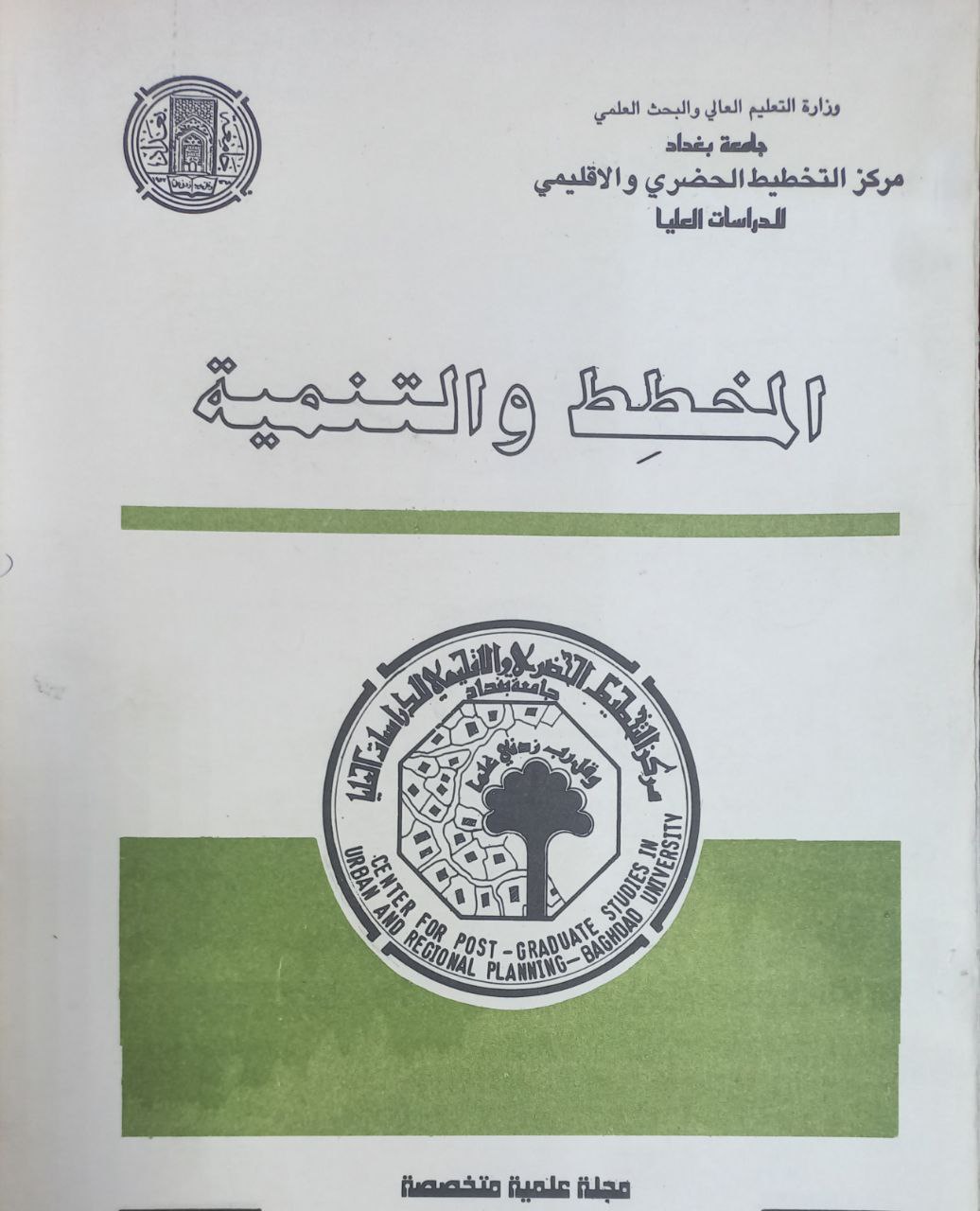Determination of levels of interaction between urban land use and the adoption of spatial analysis techniques (study area, Najaf City)
Keywords:
تقنيات التحليل المكاني, استعمالات الارض الحضريةAbstract
the student of the structure of the city and its constituent elements will clearly sense the invisible relationships that underlie the different forms of urban activity, which in turn are defined by the generality of the urban patterns in that city, which will vary clearly according to the location in the city. These relations will be embodied in their true form in the interactions between the different uses of the earth, and the change that will result from their regularity in the form of entities in independent groups, which may share with each other a component of it.
Therefore, the process of controlling the functional interactions between the uses of the urban land and the awareness of the mechanisms that are carried out in light of their relations with the systems structures of the society (economic, social, political and cultural), as well as the need to explore these relations and try to standardize them within measurable and comparison interactions, The tangible and measured elements of reality are the problems that have arisen around the research. On the assumption that there is a direct relationship between the structural formations of the society and the elements it contains, and between what crystallizes the system of urban land uses.
The purpose of the research was to determine the method and method of determining the nature and type of the interaction and how to measure it, taking into account all the elements affecting the system configurations and their relationship with land uses, to arrive at the creation of a functional function that provides the master planners with a tool for regulating functional interactions between the uses of urban land Clear scenarios that enable planners to design effective development policies that are flexible over time and able to accommodate updated developments and changes.
In order to examine the hypothesis hypothesis, a special methodology was adopted in comparative quantitative analysis, which was formed by combining mathematical modeling and behavioral statistics with spatial dimension analysis technique, using the method of global analysis and GIS. This methodology was adopted in the analysis of the study area by dividing it into two groups of elements. The first is the spatial dimension in the functional interaction relationships of urban land uses, while the second illustrates the functional dimension of these relations.



